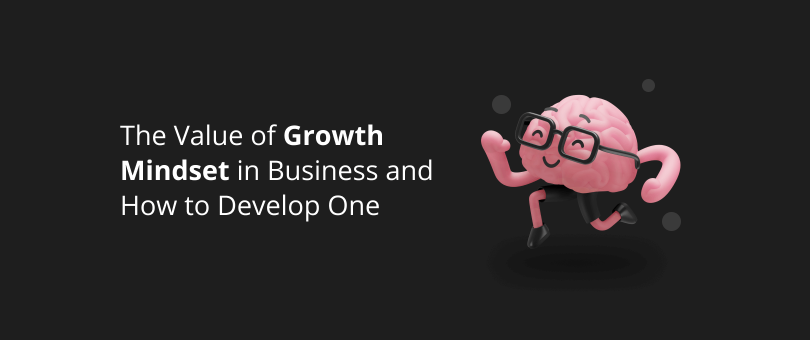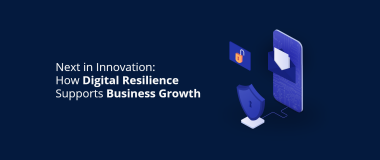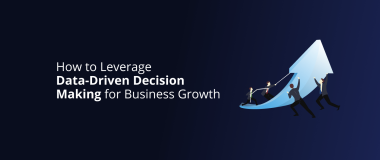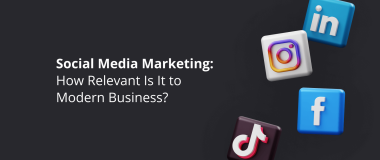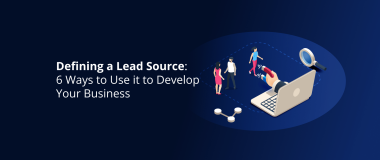One of the best ways for a company to stay agile when facing business and technological uncertainty is to foster a growth mindset. This essentially means instilling an internal philosophy of learning instead of simply knowing it all. It’s about embracing the unknown and being confident in your team’s capability to innovate, iterate and improve.
Research led by Professor Carol Dweck has found that a growth mindset directly relates to success. A fixed mindset sees talent and skills as something limited, while a growth mindset views talent and the brain as the starting point to improving. In fact, it is the belief that a person can develop the most basic skills and abilities through hard work and dedication.
If you wish to foster and promote a growth mindset within your organization, you need to adopt this philosophy within your company culture. This means that the management team has to encourage new ideas, ways of learning, and development among employees.
To stay competitive today in the face of digital disruption, businesses have to adapt to innovative processes and technologies. They need to make tough decisions, hold themselves accountable, be open to feedback and be unafraid of change, which is exactly what a growth mindset is all about.
So, what is the value of a growth mindset in business? And how can you develop one successfully? Read on to find out.
The Value of Growth Mindset in Business
Growth mindset is an important element of any agile business. And while you might think it’s yet another buzzword, it’s actually a valuable asset that brings significant benefits to any organization.
According to research by Hubspot, companies with a growth mindset culture reported that employees placed 47% more trust in their company, and were 34% more likely to be committed long-term and have a sense of ownership in the company. Moreover, 65% were more likely to support their company taking risks.
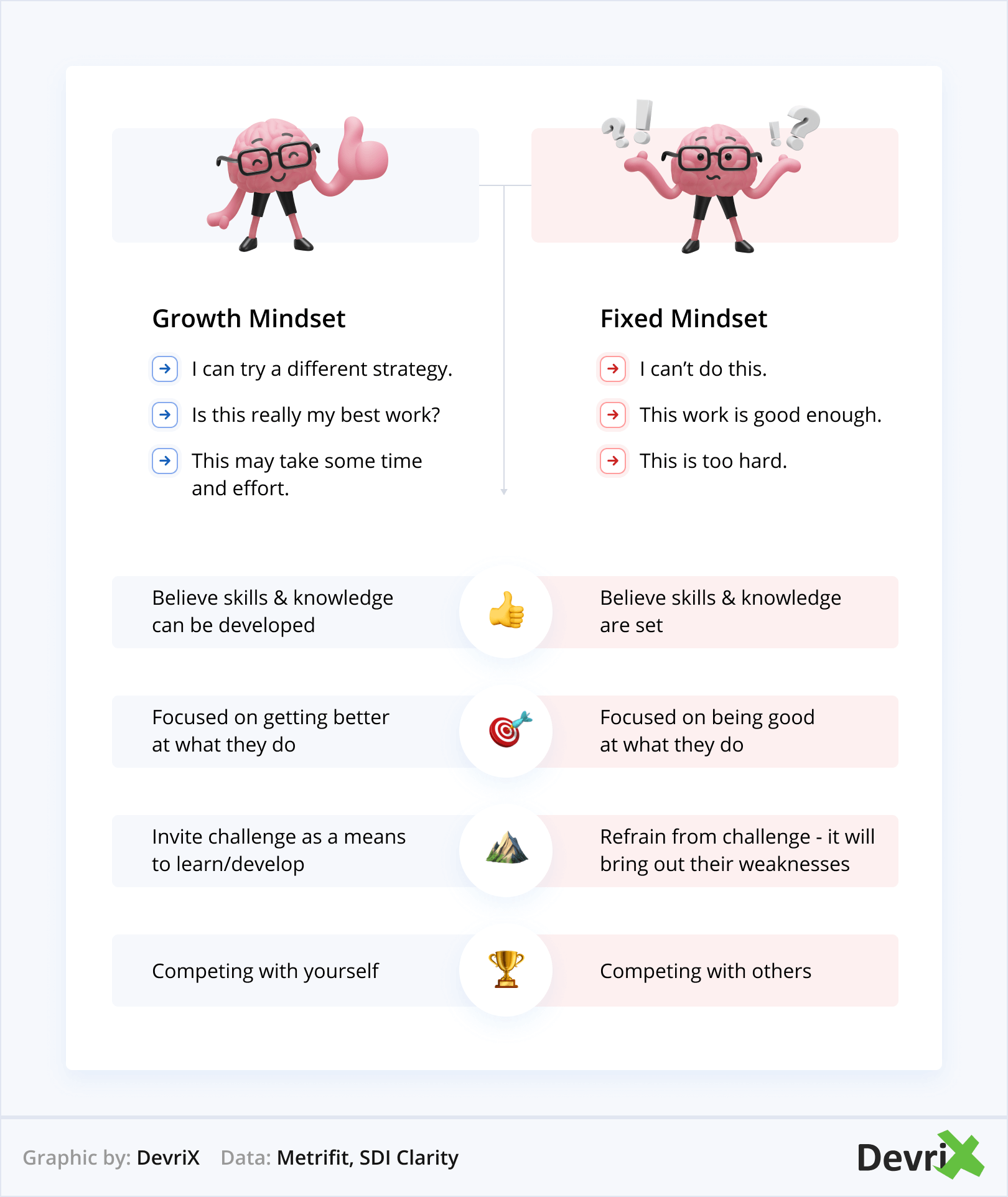
The benefits of growth mindset stem from the belief that nothing is impossible. That knowledge, skills, and talent aren’t fixed, but that they can be developed and improved with time, effort and patience. The key is to truly believe and live this mindset, here are five steps to establish it within your organization.
Step 1: Embrace the Power of …Yet
The first element of a growth mindset is accepting challenges and accepting the fact that a person might not be there yet, but they’re on their way.
When someone is faced with challenges, both known and unknown, there will often be setbacks, but that doesn’t mean one can’t grow from them. Making a mistake, or even failing at something, is normal, but when blame is assigned and the problem is ignored, that is when people stop learning from their mistakes.
As Carol Dweck puts it in her TED talk: “There are two ways to think about a problem that’s slightly too hard for you to solve: Are you not smart enough to solve it …. or have you just not solved it yet.”
Individuals with a growth mindset view setbacks and mistakes as a necessary stepping stone towards improvement. They understand that these challenges indicate that they are “not there yet” with finding the right solution to a particular problem. As such, they feel confident in exploring different possibilities until they find the right one.
But how does a growth mindset fit within a business organization?
A growth mindset in business promotes agility, understanding the importance to test, iterate, and adjust. It is a journey, not a status quo. It’s about creating better habits so that everyone in your organization can retain the mindset over time. For instance, if you own or manage a WordPress development agency, following the not yet approach will ensure frictionless communication with clients and great end results.
Step 2: Learn to Love Feedback and Open Communication
Open communication and feedback are essential for developing a growth mindset within your team. By strengthening cross-departmental communications, you allow team members to better understand each other’s work, responsibilities, and expertise. This will provide the space and the resources for your team to build professional relationships inside the company, thus improving overall workflow and employee experience.
Establishing a growth mindset culture means praising your employees’ efforts and willingness to learn, and providing constructive feedback to help them improve. When commenting on your employees’ performance, start by reviewing their projects with them. Ask what went well, and what didn’t. Encourage them to tell you about any difficulties they encountered, how they overcame them, and what they learned from them.
Reward their effort and their determination to reach the project’s goals. This is essential if you want to build a team that is willing and able to take prudent risks. By showing your employees that your organization supports learning from both successes and failures, they will be much more motivated and determined to grow.

By creating a growth mindset culture where hard work and real effort are celebrated, people feel much more comfortable thinking outside the box and accepting a challenge. When you give your team positive feedback for the skills they’ve worked hard to develop, they will be more motivated to continue learning and improving. As a result, their desire to innovate will prevail over their fear of failure.
Related: How Leadership Can Add for a Positive Culture Among Employees
Step 3: Leverage a Learning Management System
Changing a mindset is not an easy task, however, a Learning Management System (LMS) can help. An LSM provides a modern approach to learning and training so you can establish a foundation for a growth mindset at an organizational level.
Learning management systems enable access to an infinite amount of content and offer the option to segregate and curate this content to successfully meet the needs of your customers and the requirements of your business. This is especially useful when working with multiple teams from various parts of the world.
Additionally, LMSs can support various formats from text, video, images, gamification, etc., so your team members can effectively engage with the information. This enables you to make the learning experience flexible and adaptable, thus giving your employees the autonomy to learn whatever, whenever and wherever they need.

Furthermore, an LMS can help create better working habits within your team. It can support SMART goal setting, thus helping individuals understand the benefits and implications of short and long-term objectives. This can act as a guide for strategic planning and decision-making, on both organizational and personal levels. As a result, you can systemize various business processes, enhance performance, transfer knowledge, and guarantee consistency across operations.
Related: A 3-Step Strategy to Leverage Business Intelligence in Digital Marketing
Step 4: Value Risk Taking
Scaling a company in today’s dynamic business environment requires companies to be willing to take calculated risks, and with a growth mindset at the core, this becomes easier to do.
People with a fixed mindset avoid taking risks in fear that they’ll fail. However, individuals with a growth mindset understand that business and risk go together, so they are prepared for it.

Being prepared means thinking critically about the problem, understanding that mistakes can happen, and concentrating on learning from them quickly so your next decision is a step in the right direction.
With that said, growing a business is also linked to expanding your thinking. This means, detaching from bias and considering multiple points of view, as well as taking any implications into consideration. Choices have consequences, but when you anticipate what those might be, you can improve your decision-making skills and avoid a similar issue in the future.
Related: Next in Innovation: How Digital Resilience Supports Business Growth
Step 5: Hire the Right Talent
One of the best ways to create and demonstrate a growth mindset is to hire people who have it. Look for candidates who understand that skills and capabilities can be developed with hard work and effort, and who are ready to take on challenges.
Some questions that help determine if a person has a growth mindset:
- Describe a time when you faced a challenge?
- Did you think it was impossible to solve? Why?
- What did you do to overcome it?
- In general, what helps you bounce back after a setback?
- What do you think about continuous learning?
- Have you received any tough feedback? What was it and how did you respond?
- What business areas are you curious about?
- Who inspires you and why?
Be open-minded when identifying and evaluating someone’s potential as it can look different in different people. Choose candidates with a diverse background and hire those that show that they are dedicated, capable, and hardworking learners. For instance, for a WordPress agency, when welcoming new people it’s key is to choose individuals who are genuinely excited to grow and develop with and within your company.
Conclusion
Adopting a growth mindset within your organization offers a huge opportunity for employees to succeed and innovate. However, making the transition from a fixed to growth mindset doesn’t happen overnight. It’s a process of introducing and successfully implementing better learning and working habits.
Forward-thinking companies that incorporate such a technique into their overall business strategy stand out from the rest in their industry. They act and think differently, are not afraid of a challenge, and they get to the bottom of a problem by focusing on the solution.
